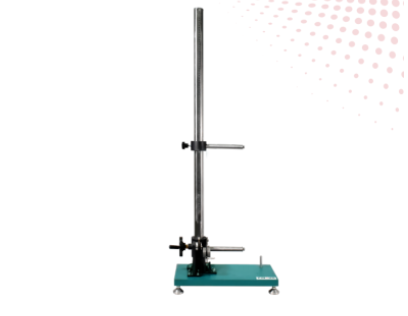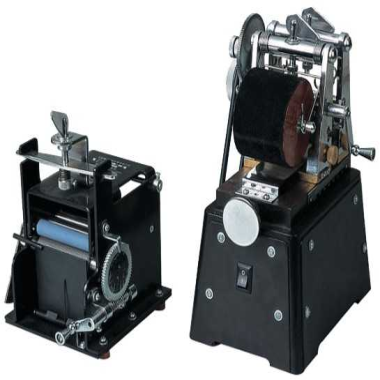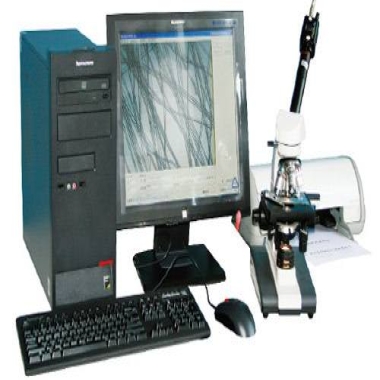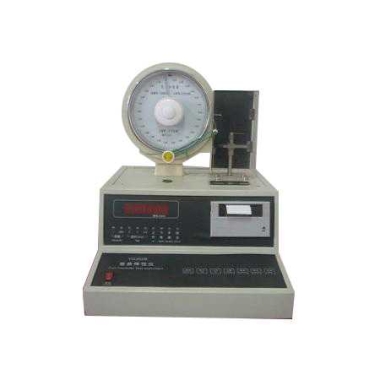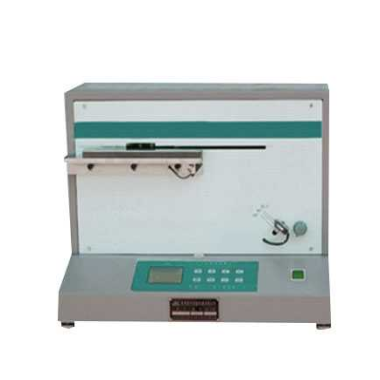Gelbo Flex Tester System
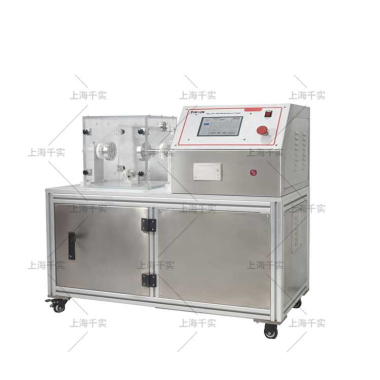
The Gelbo Flex Tester System is a microprocessor-controlled instrument designed to evaluate the lint generation and particle release from surgical drapes, gowns, and cleanroom textiles under repetitive flexing. Fully programmable for ASTM F392, the system is versatile, accurate, and user-friendly, requiring minimal training.
With an integrated laser particle counter, it monitors and classifies airborne particles during torsion and compression cycles, providing reliable data for clinical, surgical, and cleanroom applications.
Applications
Testing disposable and reusable surgical drapes, gowns, and cleanroom garments
Evaluating lint generation for patients, clinical staff, and equipment
Quality control for medical textiles and cleanroom fabrics
R&D in nonwoven and surgical textile manufacturing
Testing Standards
| Standard | Scope |
|---|---|
| YY/T 5056.6 | Surgical drapes, gowns, and clean air suits – Dry lint test methods |
| ISO 9073-10 | Textiles – Nonwovens – Lint and particle generation in dry state |
| EN 13795-2:2004 | Surgical drapes, gowns, and clean air suits – Test methods |
Test Principle
Samples in the torsion chamber undergo repetitive twisting and compression cycles. During torsion, air is withdrawn from the chamber and particles are counted and classified by a laser dust particle counter, simulating real-world usage conditions for medical and cleanroom textiles.
Key Features
Microprocessor Control: Programmable methods for ASTM F392 and custom protocols
Integrated Particle Counting: Laser counter measures particle size (0.3–25 μm) and concentration
High Precision Torsion: 180° twist angle with 120 mm stroke at 60 cycles per minute
Data Logging: Stores up to 3,000 test records with adjustable cycles (1–9,999)
Electrostatic-Resistant Chamber: Transparent acrylic chamber with controlled airflow
Versatile Sample Fixtures: 82.8 mm fixture diameter for standard textile samples
Cleanroom Compatible: Level 5 (ISO 14644-1 Class 100) testing environment
Technical Parameters
| Parameter | Specification |
|---|---|
| Twist Speed | 60 cycles/min |
| Twist Angle / Stroke | 180° / 120 mm |
| Sample Fixture Diameter | 82.8 mm |
| Particle Size Range | 0.3 – 25 μm |
| Particle Counter Flow Rate | 28.3 L/min ±5% |
| Data Storage | 3,000 test records |
| Timer / Cycle Count | 1–9,999 cycles |
| Test Environment | Level 5 cleanroom |
| Chamber Material | Electrostatic-resistant acrylic |
Structure Overview
Dry Lint Generator
Torsion device: applies torsion, compression, and recovery forces
Electrostatic-resistant torsion chamber with acrylic body
Air sampler: positioned to collect representative sample air
Laser Dust Particle Counter
Counts and classifies airborne particles generated during the test
Provides quantitative evaluation of lint and particle release
Why Choose Us
Professional medical textile testing instrument manufacturer
Compliant with ASTM, ISO, YY/T, and EN standards
Accurate, automated, and easy to operate
Ideal for quality control, R&D, and regulatory compliance
Full support: installation, training, and maintenance
FAQ
1. What types of textiles can be tested?
Disposable and reusable surgical drapes, gowns, and cleanroom garments.
2. How is particle data measured?
A laser dust particle counter classifies and counts particles from 0.3–25 μm in real time.
3. Can the tester simulate real usage?
Yes, torsion and compression cycles replicate normal wear and handling.
4. How many cycles can be set per test?
Programmable from 1 to 9,999 cycles with automatic stop.
5. Is the tester suitable for cleanroom use?
Yes, it is compatible with Level 5 cleanroom (ISO Class 100) conditions.
Leave Message Get Price



